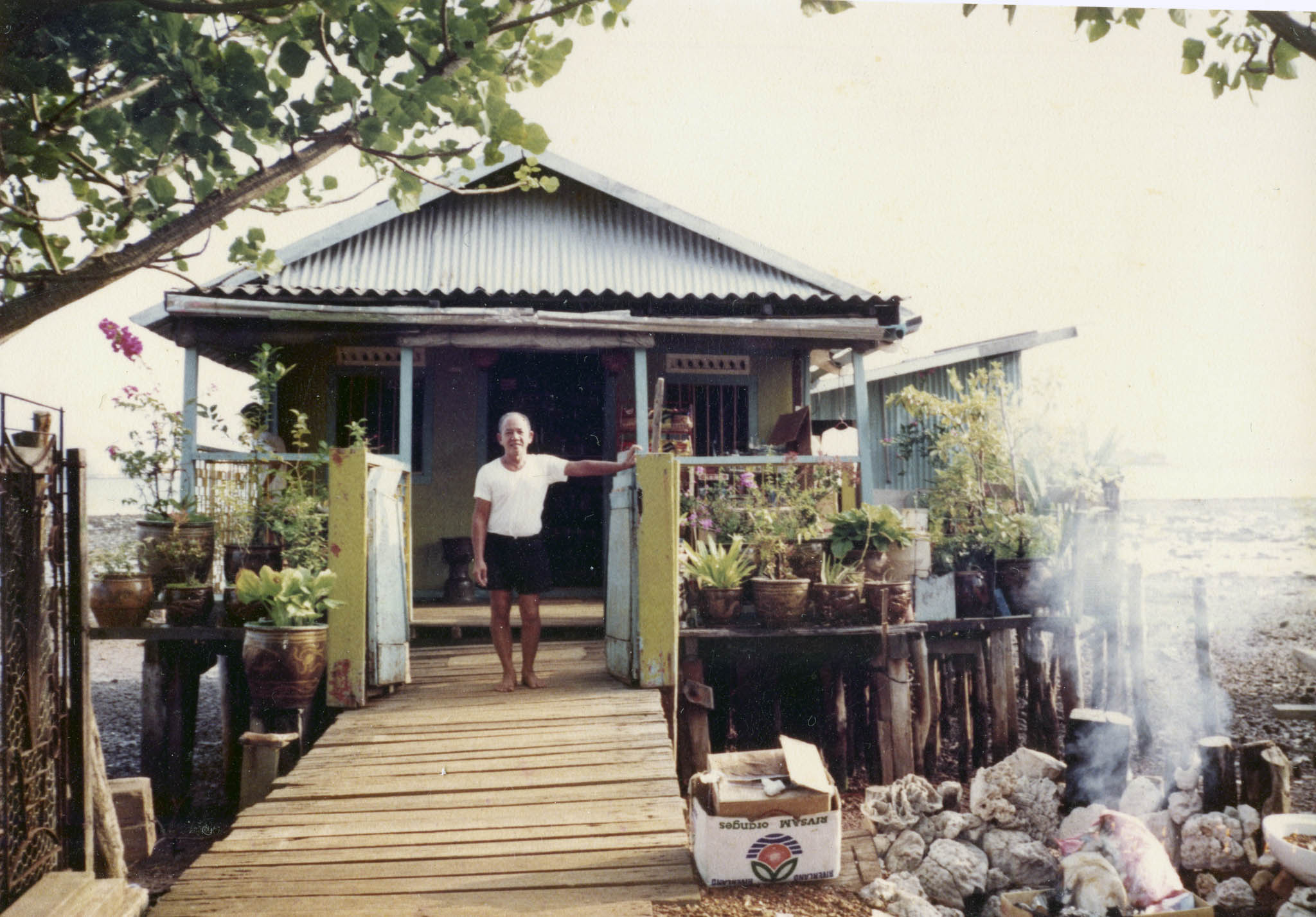We Singaporeans, obviously, know and acknowledge that we are one heck of a spoiled bunch.
Most of us born in the 80s or later grew up with pretty much everything we needed — food on the table, roof over our heads, technology at our fingertips, transport close to our doorsteps.
That's why chances are we'll never appreciate, or learn, the things that the people living on our surrounding Southern Islands do. Thanks to Island Nation, a project by a team of crazy photographers and videographers from homegrown creative agency Captured, we discovered this list of seven things we take for granted:
1. Our neighbours.
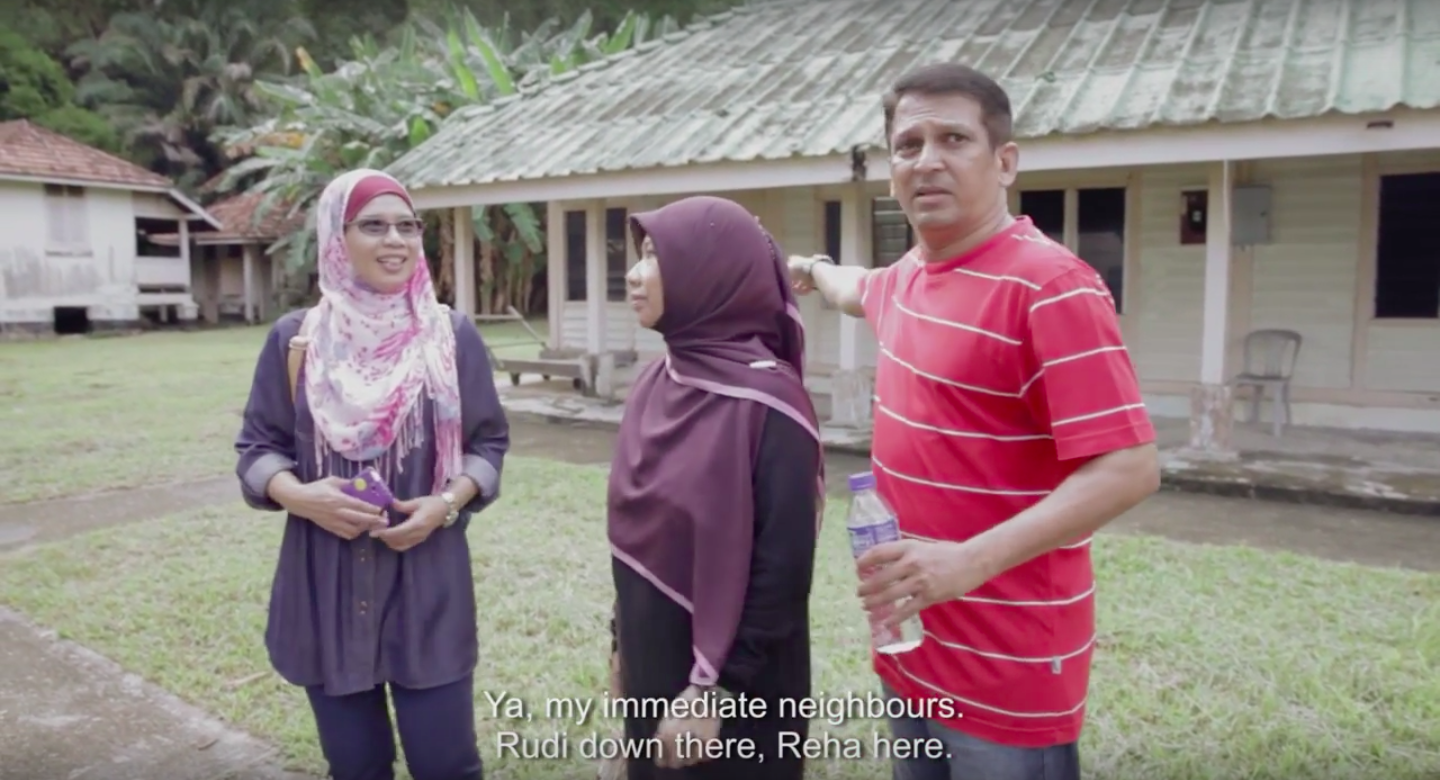 Screenshot from video
Screenshot from video
Over on St John's and Lazarus Island, everyone knew everyone, and everyone stayed in huge houses within a literal stone's throw from one another.
The islanders were resettled to the mainland by the late 1970s, but on a trip back to the island in November 2014, some 80 of them, now aged 50 and up, made time for the reunion — watch the video; you probably don't remember the last time you had as much fun:
" width="760" height="428" frameborder="0" allowfullscreen="allowfullscreen">
2. Clean water and chlorinated swimming pools.
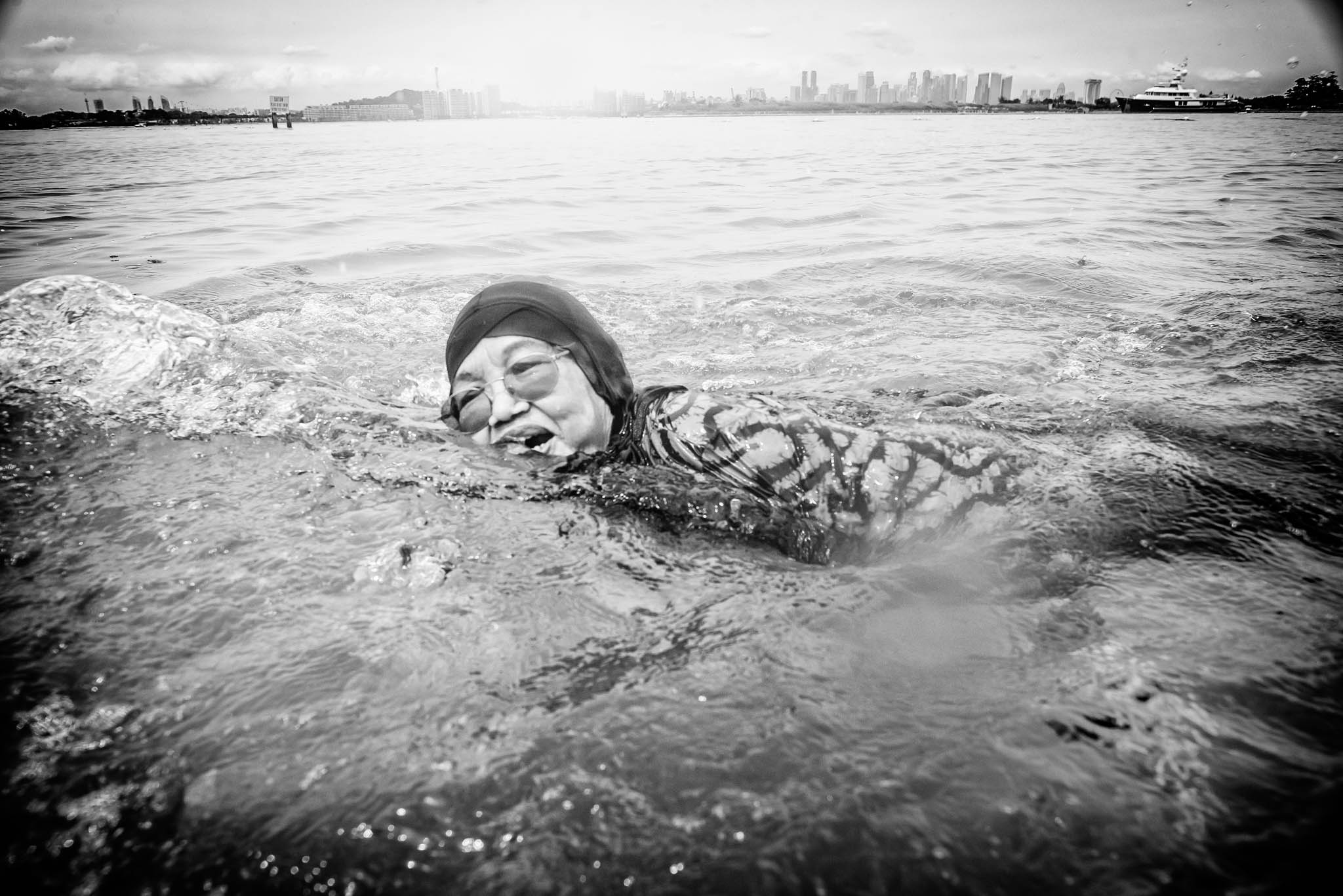 Photo by Edwin Koo, IslandNation.sg
Photo by Edwin Koo, IslandNation.sg
Think of the parents these days who spread horror stories of how dangerous sea water is, or who don't dare to let their kids play in it unattended.
The Southern Islanders grew up swimming in the sea (sometimes fully-clothed) and diving into watering holes from trees — all without any floats, life vests or dinghies.
What changed, we wonder?
3. Our supply of food.
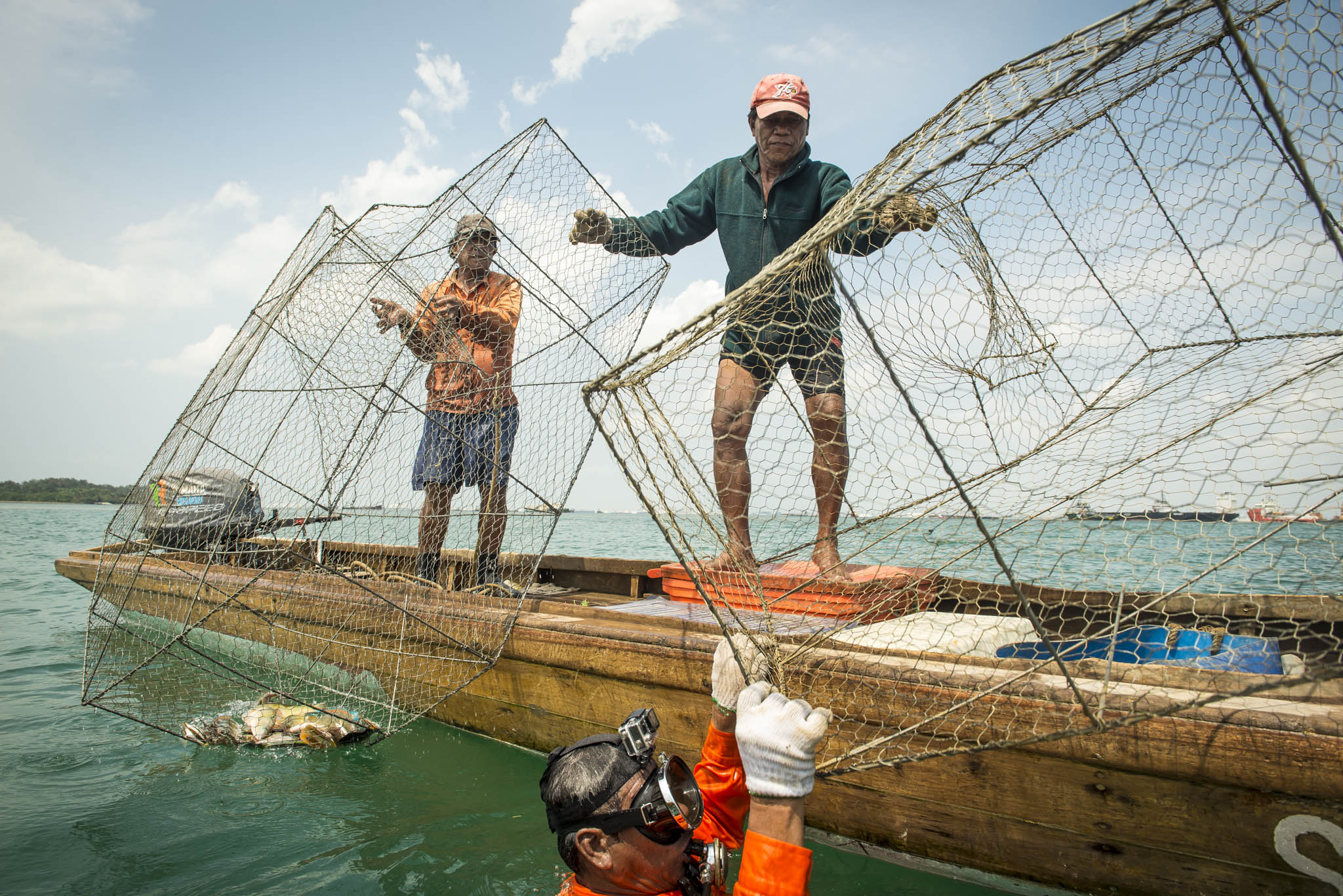 Photo by Edwin Koo; IslandNation.sg
Photo by Edwin Koo; IslandNation.sg
Growing up on the Southern Islands means no air-conditioned supermarkets, or even bustling wet markets. In fact, that meant no air conditioning in the first place.
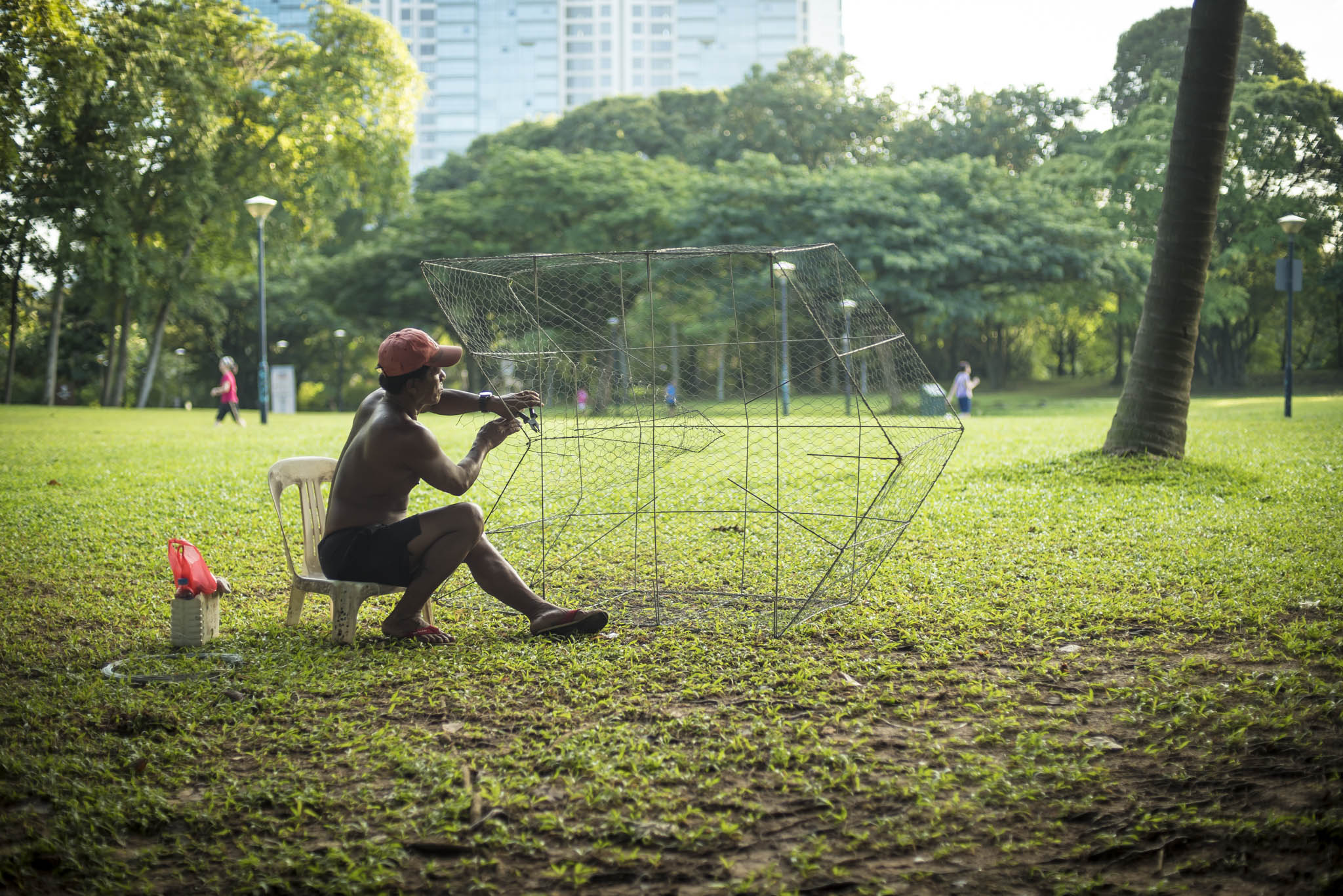 Photo by Edwin Koo; islandnation.sg
Photo by Edwin Koo; islandnation.sg
But it also meant an abundance of fish — as long as you went out to catch it, and knew how — as well as barter trading and reliance on your community. Islanders shared their resources to help one another out, and everyone got by and along happily.
4. The freedom of movement.
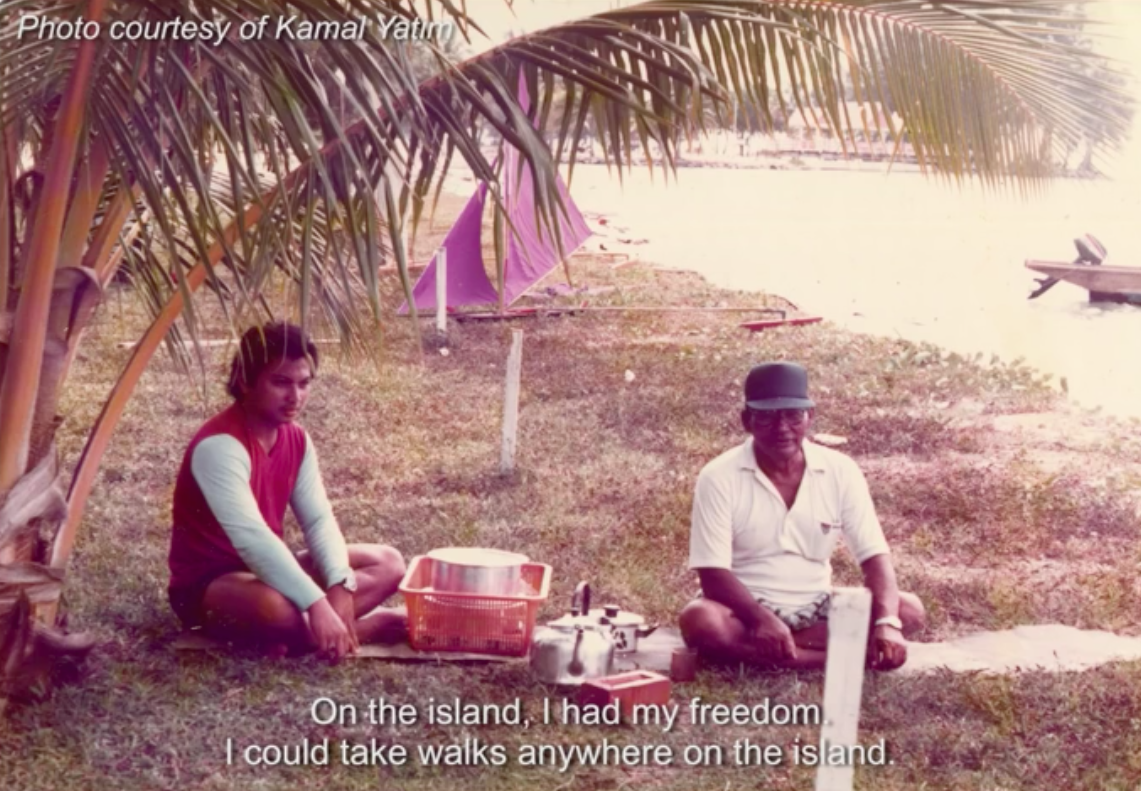 Screenshot from video
Screenshot from video
Yes, we are of course free to walk around or travel pretty much wherever we like in Singapore — freedom of movement isn't something we question all that often, really.
But the freedom to move means something quite different for our Southern Islanders, who after being kicked off the island and resettled to Singapore reminisce their years there with a wistful sadness at what they had lost, instead of what we would expect them to have gained from living on the mainland.
Watch a family of Pulau Seking residents share their stories:
" width="760" height="428" frameborder="0" allowfullscreen="allowfullscreen">
5. The freedom to practise religion.
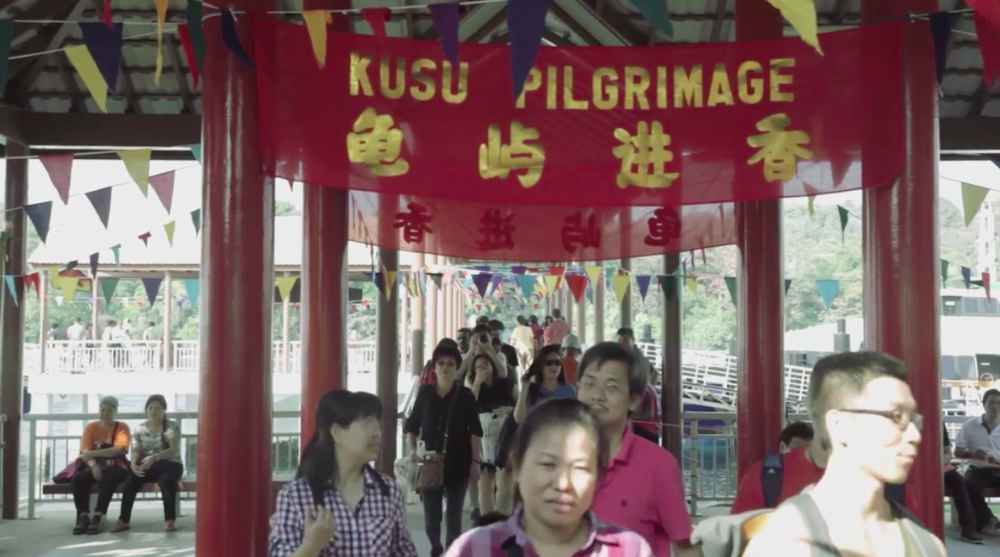 Screenshot from video
Screenshot from video
Now this is definitely something we take for granted — in fact, many of us sometimes find ourselves dragging ourselves (or being dragged) to church, mosque or temple.
Yet, these shrines found on the Southern Kusu Island are places of annual pilgrimage for those who believe in praying to the gods who reside there.
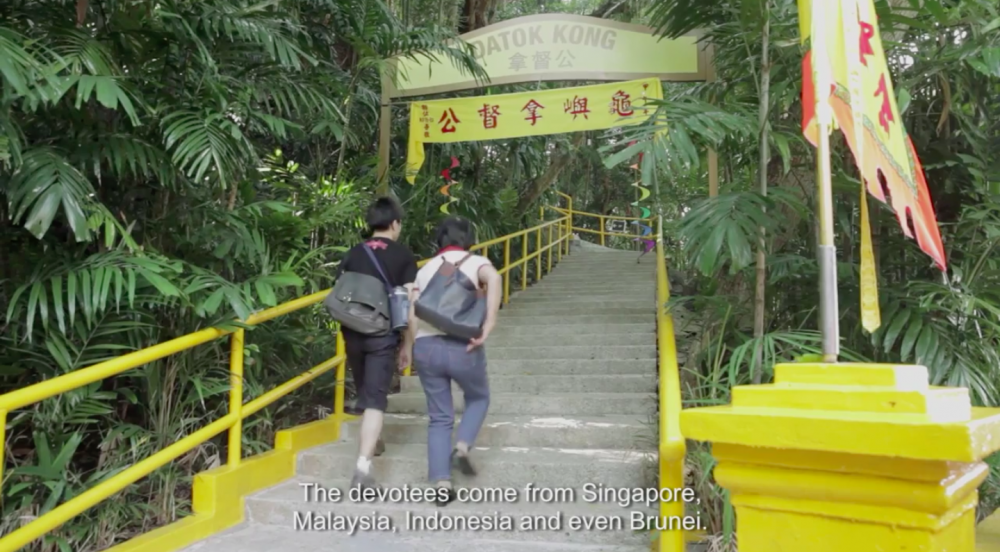 Screenshot from video
Screenshot from video
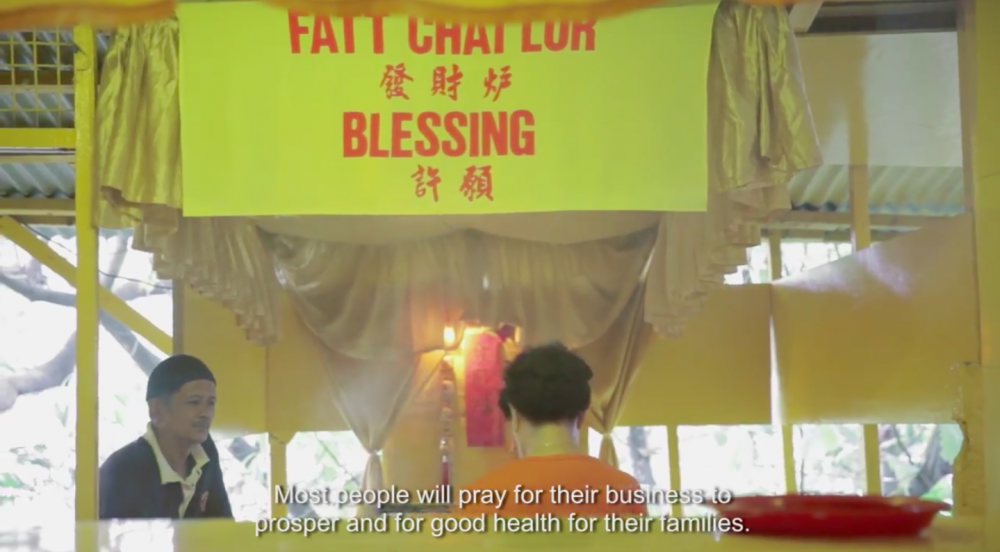 Screenshot from video
Screenshot from video
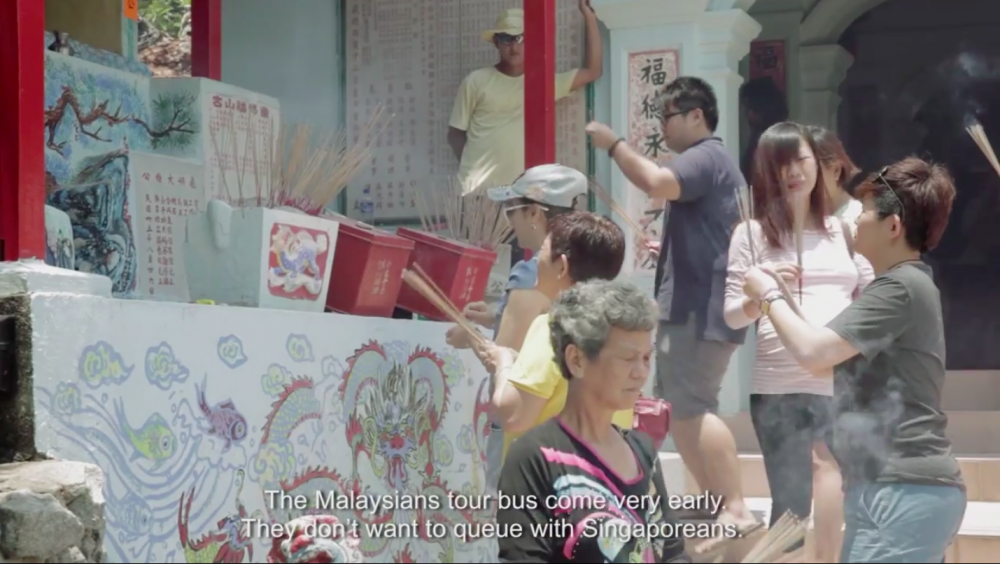 Screenshot from video
Screenshot from video
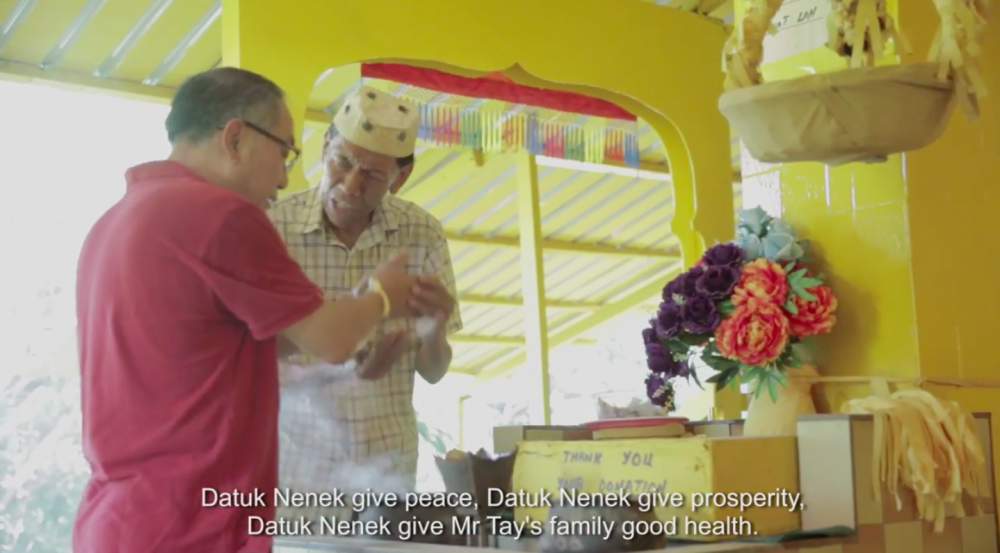 Screenshot from video
Screenshot from video
And the caretakers of the temple and three shrines on Kusu understand this — after all, they've been there for decades. Former islanders have over many years also stepped up to help them during the busy pilgrimage season.
When's the last time you went the extra mile for your religion?
6. Good nutrition.
Today, Singaporean children are raised chubby and well-fed by degree-holding parents who know exactly which nutrients they need, sourcing only-organic, vitamin-rich food for them.
Islanders didn't have the benefit of all that — the boys making up the St John's Island English School football team were scrawnier and shorter than their mainland counterparts — yet, they were gutsy enough to emerge winners in the 1972 national primary school championship.
Speaking of haves and have-nots, these boys had no football jerseys — they had numbers sewn onto old T-shirts by their parents. But that of course didn't stop them; ex-players remember fondly trashing their opponents 22-0 in some of the matches they played against mainland Singapore teams.
7. Singapore's safety.
 Pier built by former inmates of Pulau Senang, made from coral. Pulau Senang. 2014/04/23. Photo by Edwin Koo; IslandNation.sg
Pier built by former inmates of Pulau Senang, made from coral. Pulau Senang. 2014/04/23. Photo by Edwin Koo; IslandNation.sg
We probably don't thank our lucky stars enough that we were born in Singapore — and on the mainland, perhaps — because the folks living on Pulau Senang lived alongside prisoners, especially during the 1960s, as part of a (later on) failed experiment to create a "jail without bars".
If you were there, you would most definitely have to be street-smart, quick thinking and also quick on your feet. One resident, who worked there as a boatman, ferried prisoners and also played football with them, before one fateful day where they rioted and killed four prison wardens, including the British superintendent.
Read all these stories, and more exciting ones, on Island Nation.
Top photo by Edwin Koo for the Island Nation project.
If you like what you read, follow us on Facebook and Twitter to get the latest updates.
If you like what you read, follow us on Facebook, Instagram, Twitter and Telegram to get the latest updates.
